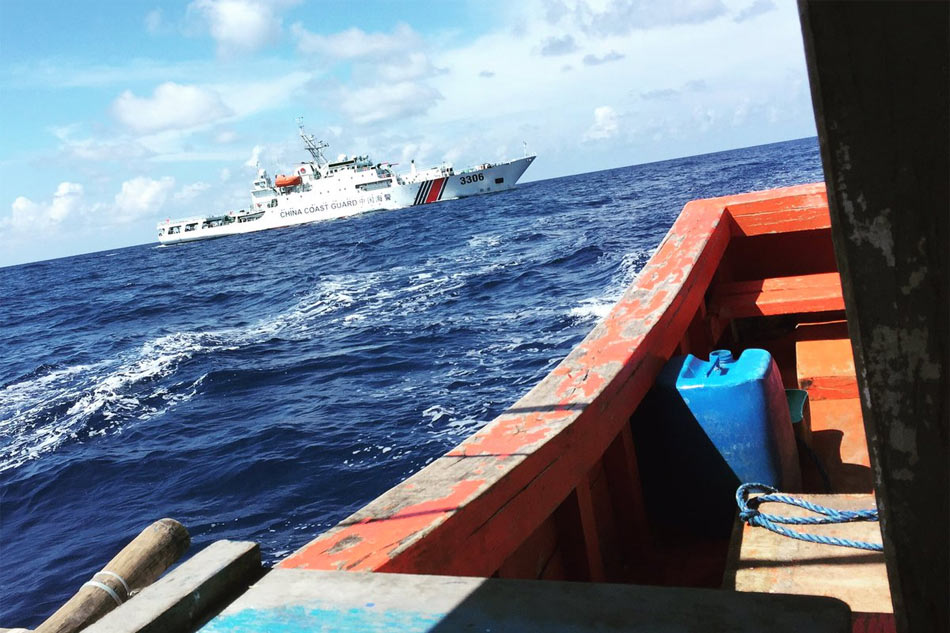THE conversation is supposed to be about the veracity of the so-called “matrix,” which in fact is a network diagram of alleged plotters to oust President Rodrigo Duterte. Instead, it is now about this newspaper and a former employee. And it is because some people find it more convenient to muddle the issue.
At the outset, any newspaper would publish any information the source of which is the President himself, more so if it is something controversial. This paper is not the source of the “matrix” and the IP addresses. These pieces of information were provided to it by a source that turned out to be Malacañang. The only responsibility of this paper, or any paper for that matter, is to accord those accused the opportunity to air their side. Attempts were made to seek the side of Ellen Tordesillas, the central figure in the “matrix” but she did not respond. The side of those named as alleged plotters were aired in subsequent issues of the paper.
In effect, this paper did what others also do. Rappler is in the habit of publishing adverse information about the President and his government, or other political personalities, even if these are not yet fully ascertained as factual, simply because these are newsworthy. Information adverse to Imee Marcos was published even if this was based on a student publication. After all, if ABS-CBN can feature news about Kris Aquino’s troubles, why would this paper be taken to task for publishing a diagram from the President showing a network of people allegedly plotting his ouster. Besides, had the so-called “matrix” been released by the President in a press conference, media would have covered and published it anyway, with their own spin.
Some people now focus on the departure of Felipe Salvosa 2nd, the Manila Times’ resigned managing editor, as if it is the core of the controversy. Certainly, Mr. Salvosa has every right to express his personal opinion. But as an employee he also knew the limits within which he could express his disagreement with the paper’s content and the actions of its management, and he also knew fully well that his actions would have consequences.
What is sad is how the discourse has veered away from the so-called “matrix,” and is now aimed at discrediting this paper and Mr. Salvosa. Once again, the debate is focusing more on personalities, and it is fed by partisan bias. Those eagerly defending the President pounce on Mr. Salvosa who simply exercised his right to disagree with his employer, and has in fact suffered the consequences. Those eagerly attacking the President train their guns on this paper and its owner for an act that other newspapers would have also done, and are in fact doing.
What is lost in the process is a scrutiny of the so-called “matrix,” focusing on its content and the very logic of what it symbolizes. These are things that cannot be addressed if we focus on the actions of Mr. Salvosa and of this paper. And these will not be fully understood if we keep on highlighting the partisan agenda of the cheerers and jeerers of both sides.
At the outset, while media is supposed to report about facts, it is not entirely correct to expect that every piece of news is a comprehensive representation of the entire body of truth. This will be a tall order for any journalist, newspaper and network to follow, more so in the fast-paced age of internet-mediated news. This is precisely why an investigative report is a special class different from everyday news coverage and features. What is only required for regular daily news is that there is a credible source, and that the other side is given adequate opportunity either in the same report, or in a later report.
While the contents of the “matrix” are factually problematic, its existence and its being released by Malacañang are factual events that are newsworthy in their own right. It is now the job of investigative journalists to follow this up with a more comprehensive fact- checking of its contents.
For one, there are simply a lot of holes in the network diagram released by Malacañang. For example, Inday Espina-Varona is lumped with public interest lawyers and prosecutors who are associated with the National Union of People’s Lawyers (NUPL) even if she is not a lawyer.
The more fundamental problem of the matrix is the total absence of proof of involvement in a plot, and the meaningless representation of the links in the diagram. It behooves to ask what the lines linking the names exactly mean. If these are simply about the acts of sharing information, like the Bikoy tapes, then it begs the question of whether merely sharing information would already constitute being engaged in an ouster plot.
An ouster plot would entail the presence of financiers and the flow of funds. The diagram does not exactly show this. It involves people from media and public interest lawyers. Hence, there is reason to suspect that if at all, this is at best an information flow network. It is certainly woefully problematic for the Duterte government to consider the sharing of videotapes or of derogatory material adverse to its interests as strong evidence to show the existence of an ouster plot. In a democracy, these people are simply exercising their freedom to share information even if it is inconvenient to the government.
It is therefore reasonable to conclude that what can only be safely established is that a diagram referred to as a “matrix” was indeed released by Malacañang. This is what this paper reported, and as such there is no proof of any malpractice. However, this so-called “matrix” is grossly insufficient to show the existence of an illegal network of plotters to oust the President, and it fails to prove the existence of a crime.
https://www.manilatimes.net/the-matrix/546865/
https://www.manilatimes.net/the-matrix/546865/










